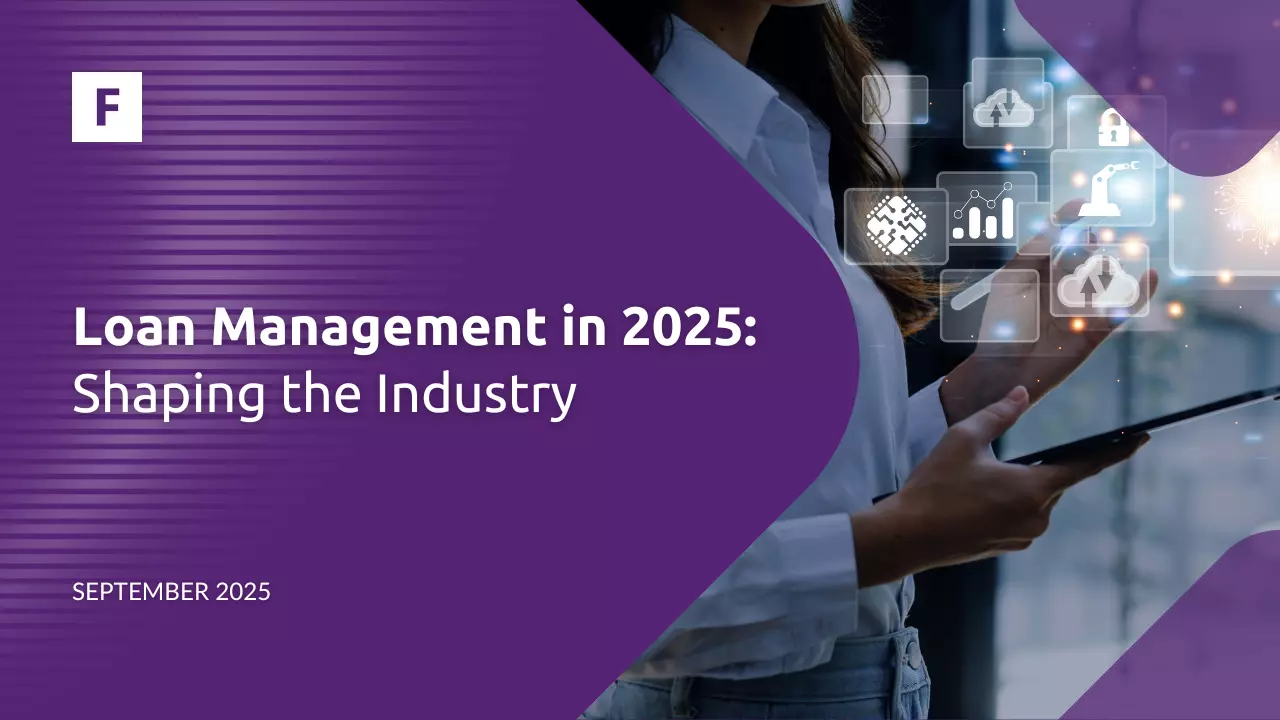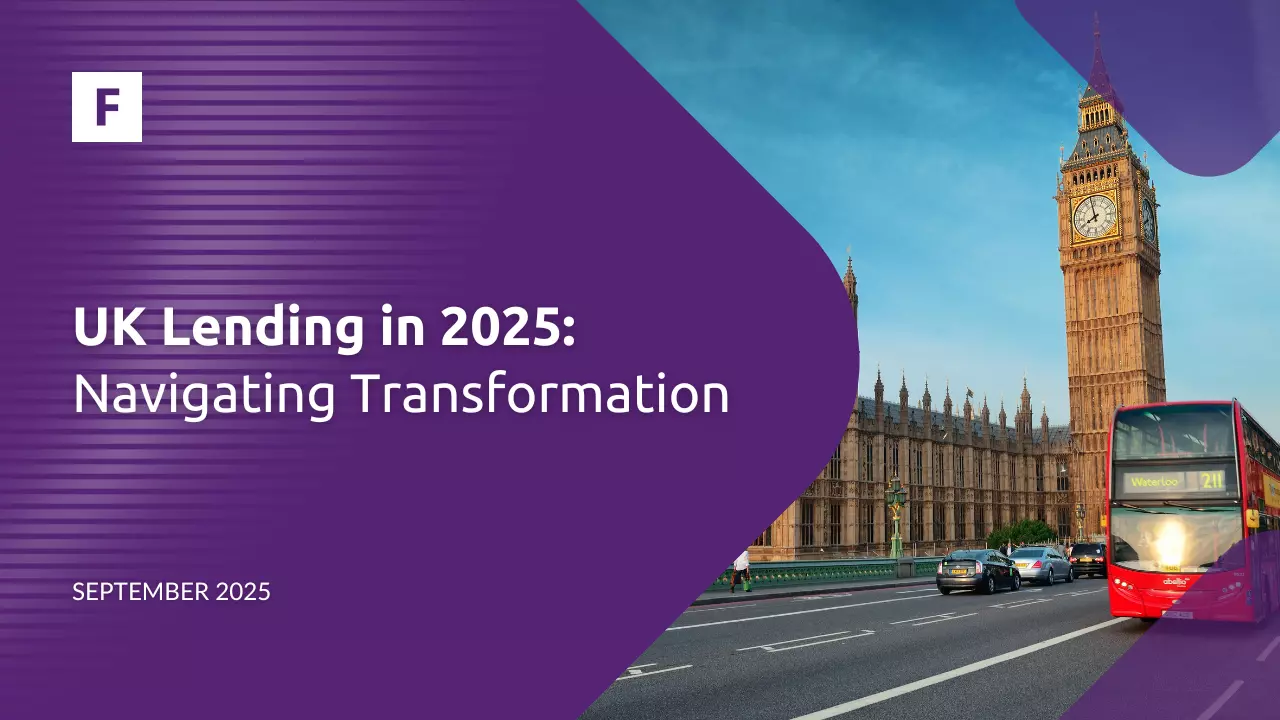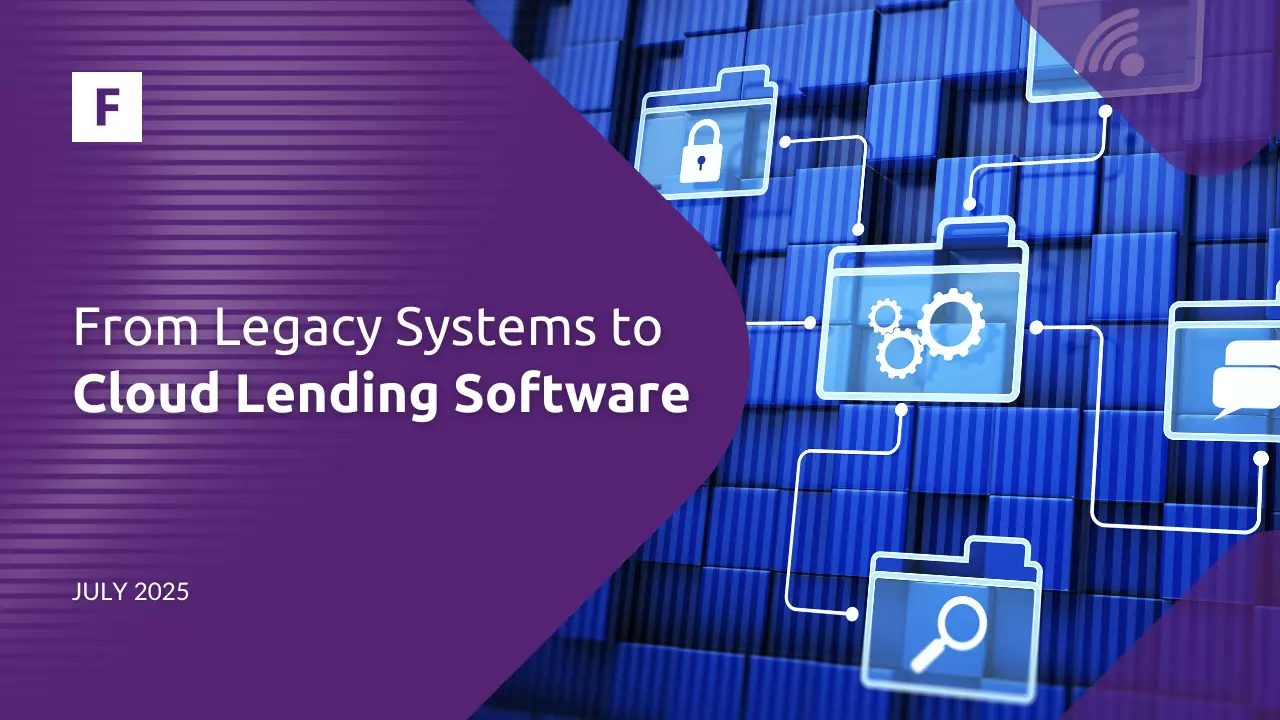The Need for Consumer Lending Software
With loan management software, it is possible to automate 90%+ of the consumer lending process. With that in mind, it's essential to think about the lending experience for borrowers, take advantage of the available tech tools, and adjust them to your business needs. To understand how the consumer lending system works, a consumer loan is any loan made to a consumer by a creditor. The loan can be secured (backed by the borrower's assets) or unsecured (not backed by the borrower's assets).
Consumer lending fuels the dreams and needs of individuals. It includes mortgages, car loans, credit cards, and personal loans, among other types of credit extended to consumers. Each of these products serves a unique purpose in consumer lending platforms, helping consumers achieve their goals, whether buying a home, financing a vehicle or consolidating debt. In September 2023, the volume of consumer lending in the United States was 2.19 percent higher than in the same period of the previous year. It is the highest volume since April 2020, when the COVID-19 pandemic started to show its effects.
Modern loan management systems have sophisticated algorithms and data analytics to assess risk, automate underwriting, and provide personalized loan offerings.The true magic of contemporary consumer lending software lies in its ability to automate lending operations while personalizing the customer experience. Automation streamlines the lending process, making it faster and more efficient. Meanwhile, personalization ensures that the products offered meet each borrower's unique needs and circumstances.
Explore Fintech Market's consumer lending solution.
Types of Consumer Loans
Mortgages are financial arrangements with banks and lending companies that individuals use to buy homes. The loan covers a significant portion of the property's cost, and borrowers repay it over an extended period, often spanning several decades. The house itself serves as collateral for the loan.
Credit cards enable consumers to make purchases and payments on credit. Essentially, when you use a credit card, you're borrowing money from the credit card company, and you're expected to repay the borrowed amount within a specified timeframe. Interest is charged on the unpaid balance if not paid in full by the due date.
Auto Loans are used to finance the purchase of a vehicle. Instead of paying the total price upfront, individuals can take out an auto loan, which they repay in installments over an agreed-upon period. The car is collateral, and failure to make payments may result in the lender repossessing the vehicle.
Student loans help individuals cover higher education costs, including tuition, books, and living expenses. These loans often have lower interest rates than other types of loans and typically offer deferred repayment options, allowing students to start repaying the loan after completing their education.
Personal loans are versatile loans that individuals can use for various personal purposes, such as debt consolidation, home improvement, or unexpected expenses. Unlike other types of loans, personal loans are typically unsecured, meaning they don't require collateral. Interest rates may vary based on the borrower's creditworthiness.
By automating processes, companies can provide borrowers with expedited loan approvals, reducing the traditionally tedious wait times associated with lending decisions. The LMS platform's data-driven capabilities are crucial in personalizing product offers, ensuring borrowers receive financial solutions tailored to their unique needs and circumstances. This simplifies the decision-making process for borrowers and fosters a sense of trust and understanding between the borrower and the lending institution.
For those looking to enter the online consumer lending loan servicing space, it's crucial to:
- Choose a Business Model: Decide whether to operate as a traditional bank, a credit union, or an alternative lender.
- Understand Regulations: Familiarize yourself with the legal landscape, including licensing requirements and consumer protection laws.
- Develop a Business Plan: Outline your marketing, risk management, and growth strategy.
- Secure Funding: Determine your capital requirements and secure the necessary funding.
- Launch Digitally: Establish an online presence to efficiently reach potential customers and manage loans.
- Prepare for Contingencies: Develop risk management strategies and backup plans for unforeseen circumstances.
Perfecting the Borrowing Lifecycle with Fintech Solutions
Fintech innovations have revolutionized the borrowing lifecycle. From digital KYC (Know Your Customer) processes to more automated loan servicing and collections processes, these solutions provide a frictionless experience for borrowers and lenders alike.The demand for personal finance services is growing, fueled by technological advancements and a shift in consumer expectations. People now seek instant, on-the-go access to credit and financial services, and lenders must adapt to meet these needs.
The borrower's lifecycle is a journey that begins with the initial loan inquiry and ends with the final payment. In between, there are several key stages and steps in the consumer lending journey, each of which can be enhanced through automation:
Efficiency and Speed: A loan management system streamlines the entire lending journey, from loan application to debt collection. The automation significantly reduces the time required for each step, ensuring a quicker and more efficient lending process. This, in turn, translates to faster access to funds for borrowers.
Accuracy and Compliance: Automating loan origination, underwriting, and processes enhances accuracy while ensuring compliance with regulatory standards by removing potential human errors. These systems are designed to meticulously assess borrower information, financial history, and creditworthiness, reducing the risk of errors and ensuring that all lending practices adhere to industry regulations.
Personalized Product Offers: Through real-time risk monitoring and data analysis, lenders can use Loan Management Systems to tailor product offers to specific borrowers. This personalization enhances the borrower experience and increases the likelihood of successful loan transactions. All of these are thanks to the individual analysis of customer behavior, work environment, hobbies, and overall needs. For example: "Yogesh, a freelance writer, has experienced the proactive support of personalized digital banking. When he unexpectedly needed additional funds for a new laptop, his bank notified him of a low-interest personal loan. This timely assistance helped him secure the necessary equipment for his work without going through a cumbersome loan application process". (Source:bfsi.com)
Automated Payment Reminders: For borrowers and lenders, managing repayment schedules can be complex. Digital loan systems provide payment reminders, reducing the chances of missed payments and late fees. This proactive approach contributes to a positive borrower experience by fostering financial responsibility.
Integrating Efficiency and Customer-Centricity with Advanced Software Solutions
In the digital age, credit unions, microfinance institutions, and other lenders increasingly leverage lending software to enhance operational efficiency and customer experience. Mainly because LO software like Fintech Market Core System helps streamline lending processes, from customer onboarding to managing various loan types such as personal and auto loans. Automated processes within the lending software reduce human error and operational costs, ensuring efficient operations. A key benefit for lenders, particularly smaller institutions like credit unions and microfinance entities, is the seamless integration of various lending operations into a single platform. This integration enables the lending team to provide a more cohesive and efficient service to borrowers, enhancing the customer journey. The use of advanced lending software not only simplifies the lending process for borrowers and allows lending institutions to focus more on strategic initiatives and less on manual, administrative tasks.
When Money Talks: The Surge of Personal Finance Services
The personal finance industry is experiencing a surge in market demand, driven by the following market factors:
- Big Data: Lenders now have access to vast amounts of data that can be used to create detailed customer profiles according to individual needs.
- AI and Machine Learning: These technologies allow for more sophisticated credit scoring models and help identify patterns indicating risk or opportunity.
- Instant Access to Credit: Consumers increasingly expect instant decisions and access to credit, which automated lending platforms can facilitate.
- Mobile Technology: With the proliferation of smartphones, consumers can manage their finances on the go, applying for loans, making payments, and checking balances from anywhere.
Enhancing Security and Trust in Consumer Lending
In the world of consumer lending, security, and trust play pivotal roles. With the increasing prevalence of cyber threats, lenders must implement security measures to protect sensitive borrower information. Advanced encryption, multi-factor authentication, and continuous monitoring of transactions are essential components of a secure. Additionally, fostering trust is crucial. This can be achieved through transparent communication, clear terms and conditions, and a commitment to ethical lending practices. By prioritizing security and trust, lenders safeguard their operations and build long-lasting relationships with their clients, enhancing customer loyalty and satisfaction.
The Role of Sustainability and Social Responsibility in Lending
Sustainability and social responsibility are becoming increasingly important in the consumer lending sector. Lenders now recognize the importance of incorporating environmental and social governance ESG criteria into their lending policies. This shift is not just about risk management; it's also about contributing positively to society and the environment. For instance, green loans that finance eco-friendly projects or initiatives that promote social welfare are gaining traction in consumer lending solutions. By aligning lending practices with sustainable and socially responsible principles, financial institutions can drive positive change while appealing to a more conscientious and ethically-minded consumer base.
Embracing Innovation and Continuous Learning in the Lending Industry
Finally, the future of consumer lending is inexorably linked to continuous innovation and learning. As technology evolves, so do the opportunities and challenges in the lending landscape. Lenders must stay abreast of the latest technological advancements, regulatory changes, and market trends. Investment in research and development, employee training, and collaborative partnerships with tech firms can propel a lending institution to the forefront of innovation. Moreover, adopting a culture of continuous learning and improvement ensures that lenders can adapt to the dynamic financial environment, offering cutting-edge solutions that resonate with the needs and expectations of modern borrowers.







